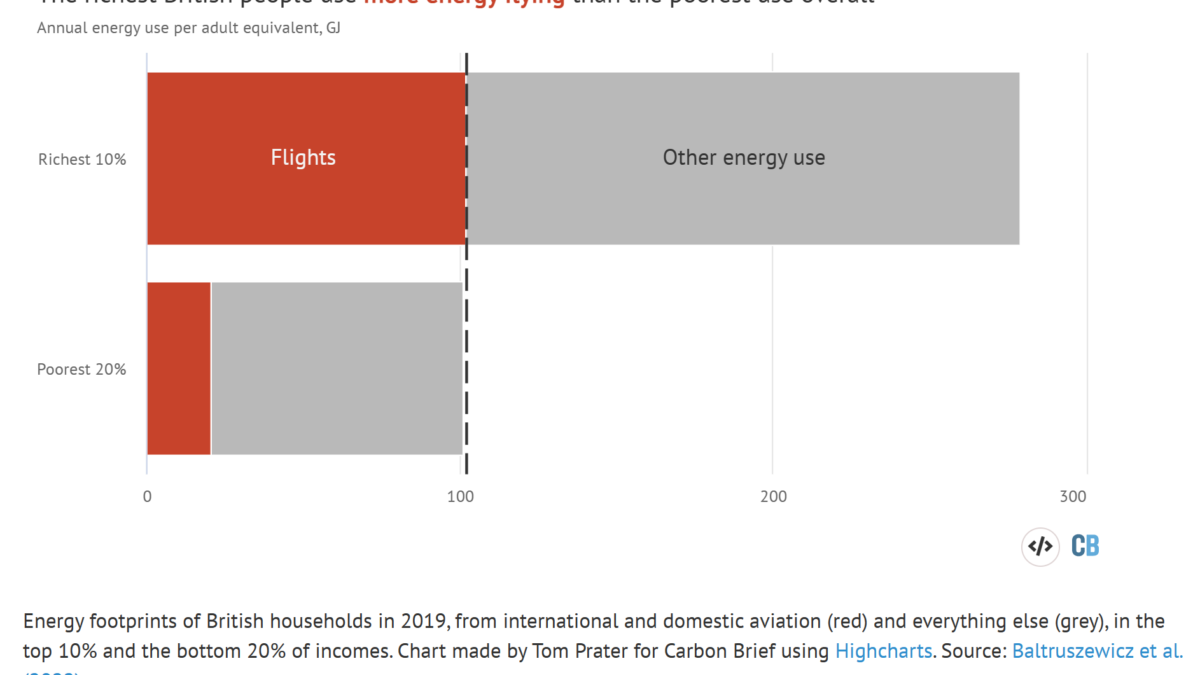First “Boaty McBoatface” outing sheds new light on the warming ocean abyss
17 June 2019 (University of Southampton) – The first mission involving the autonomous submarine vehicle Autosub Long Range (better known as Boaty McBoatface) has for the first time shed light on a key process linking increasing Antarctic winds to rising sea temperatures. Data collected from the expedition, published today in the scientific journal PNAS, will help climate scientists build more accurate predictions of the effects of climate change on rising sea levels.
The research, which took place in April 2017, studied the changing temperatures at the bottom of the Southern Ocean.

During the three day mission, Boaty travelled 180 kilometres through mountainous underwater valleys measuring the temperature, saltiness and turbulence of the water at the bottom of the ocean. Using an echo sounder to navigate, Boaty successfully completed the perilous route, reaching depths of up to 4000 metres, to re-unite with the rest of the project team at the programmed rendezvous location where the sub was recovered and measurements collected along its route were downloaded.
In recent decades, winds blowing over the Southern Ocean have been getting stronger due to the hole in the ozone layer above Antarctica and increasing greenhouse gases. The data collected by Boaty, along with other ocean measurements collected from research vessel RRS James Clark Ross, have revealed a mechanism that enables these winds to increase turbulence deep in the Southern Ocean, causing warm water at mid depths to mix with cold, dense water in the abyss.
The resulting warming of the water on the sea bed is a significant contributor to rising sea levels. However, the mechanism uncovered by Boaty is not built into current models for predicting the impact of increasing global temperatures on our oceans.
Boaty’s mission was part of a joint project involving the University of Southampton, the National Oceanography Centre, the British Antarctic Survey, Woods Hole Oceanographic Institution and Princeton University.
Professor Alberto Naveira Garabato from the University of Southampton who led the project said: ‘Our study is an important step in understanding how the climate change happening in the remote and inhospitable Antarctic waters will impact the warming of the oceans as a whole and future sea level rise’
Dr. Eleanor Frajka-Williams of the National Oceanography Centre said: “The data from Boaty McBoatface gave us a completely new way of looking at the deep ocean—the path taken by Boaty created a spatial view of the turbulence near the seafloor.”
Dr. Povl Abrahamsen of the British Antarctic Survey said: ‘This study is a great example of how exciting new technology such as the unmanned submarine Boaty McBoatface can be used along with ship-based measurements and cutting-edge ocean models to discover and explain previously unknown processes affecting heat transport within the ocean.’
Contact
- Stephen Bates, s.d.bates@southampton.ac.uk, 44-238-059-3212
Boaty McBoatface’s debut outing sheds new light on the warming ocean abyss
![Along-stream evolution of the abyssal boundary current in the Orkney Passage region. The observational domain is shown by the red outline in the (Inset) large-area map, with major Antarctic Bottom Water (AABW) pathways indicated in yellow. Sections of measurements are marked by blue (coarse-resolution, A1–A7) and green (fine-resolution, B1–B8) lines in the main map. ALR surveys were conducted in the area between sections B3 and B4. Observations of horizontal velocity averaged vertically over the AABW layer [defined by neutral density in excess of 28.26 kg m−3] are indicated by red vectors, with one vector per station. Bathymetry is denoted by gray shading in both maps. Outer panels show along-slope velocity (shading; positive values indicate flow that is directed equatorward, i.e., with the South Orkney Plateau to its left) and neutral density (contours; darker contours denote isopycnals within AABW) along sections A1, A5, and A7. Yellow ticks at the base of each inset mark the locations of measurement profiles. Graphic: Garabato, et al., 2019 / PNAS](https://desdemonadespair.net/wp-content/uploads/2019/06/Along-stream-evolution-of-the-abyssal-boundary-current-in-the-Orkney-Passage-region-Garabato-et-al-2019-PNAS-801x1024.png)
ABSTRACT: The overturning circulation of the global ocean is critically shaped by deep-ocean mixing, which transforms cold waters sinking at high latitudes into warmer, shallower waters. The effectiveness of mixing in driving this transformation is jointly set by two factors: the intensity of turbulence near topography and the rate at which well-mixed boundary waters are exchanged with the stratified ocean interior. Here, we use innovative observations of a major branch of the overturning circulation—an abyssal boundary current in the Southern Ocean—to identify a previously undocumented mixing mechanism, by which deep-ocean waters are efficiently laundered through intensified near-boundary turbulence and boundary–interior exchange. The linchpin of the mechanism is the generation of submesoscale dynamical instabilities by the flow of deep-ocean waters along a steep topographic boundary. As the conditions conducive to this mode of mixing are common to many abyssal boundary currents, our findings highlight an imperative for its representation in models of oceanic overturning.
SIGNIFICANCE: The overturning circulation of the global ocean is regulated by deep-ocean mixing, which transforms cold waters sinking at high latitudes into warmer, shallower waters. The effectiveness of mixing in driving this transformation is jointly set by the intensity of turbulence near topography and the rate at which well-mixed boundary waters are exchanged with the stratified ocean interior. We use innovative observations of a branch of the overturning circulation in the Southern Ocean to identify a previously undocumented mixing mechanism, by which deep-ocean waters are rapidly laundered through intensified near-boundary turbulence and boundary–interior exchange. As the conditions triggering this mechanism are common to other branches of the overturning circulation, our findings highlight a requirement for its representation in models of the overturning.
Rapid mixing and exchange of deep-ocean waters in an abyssal boundary current

